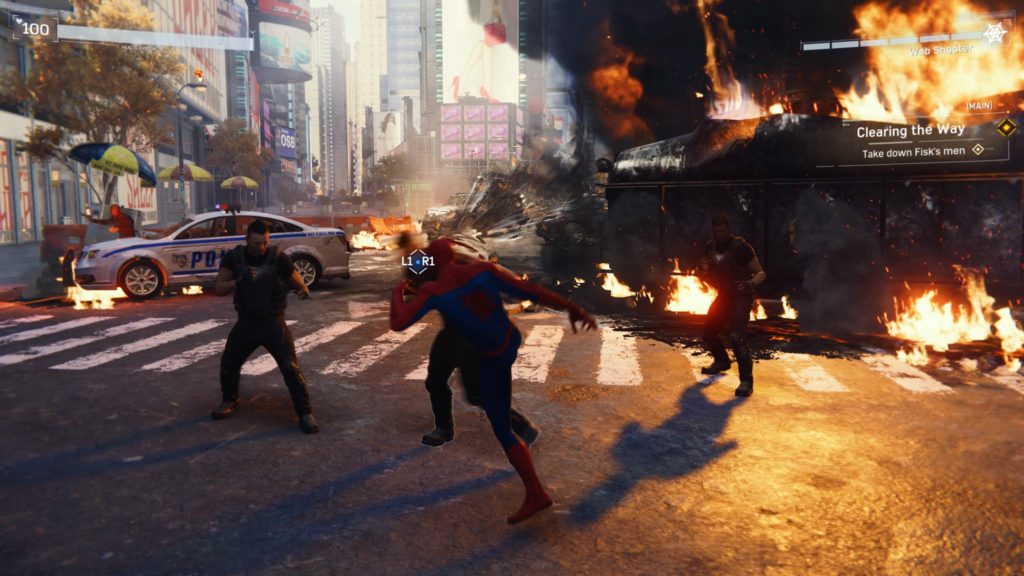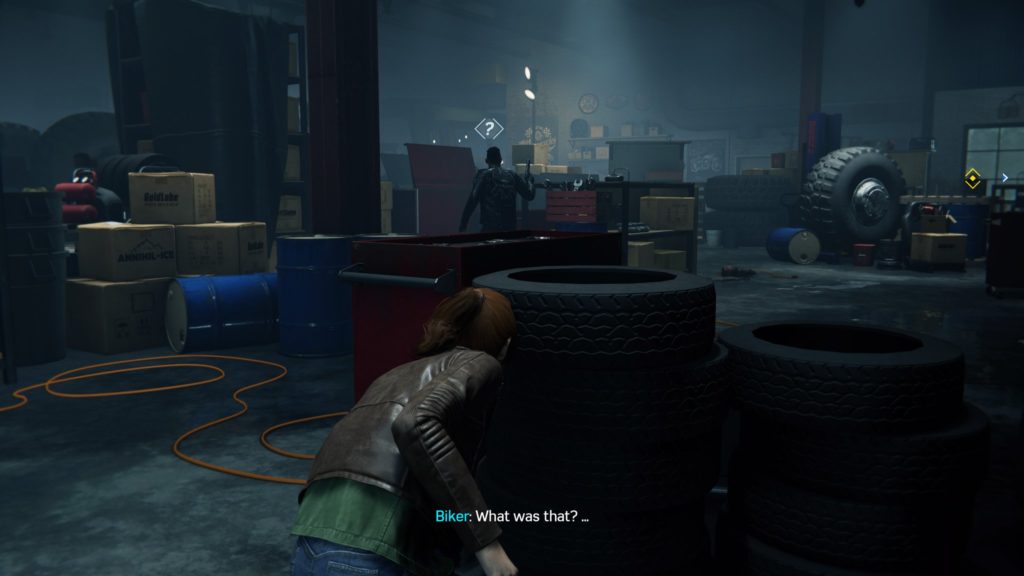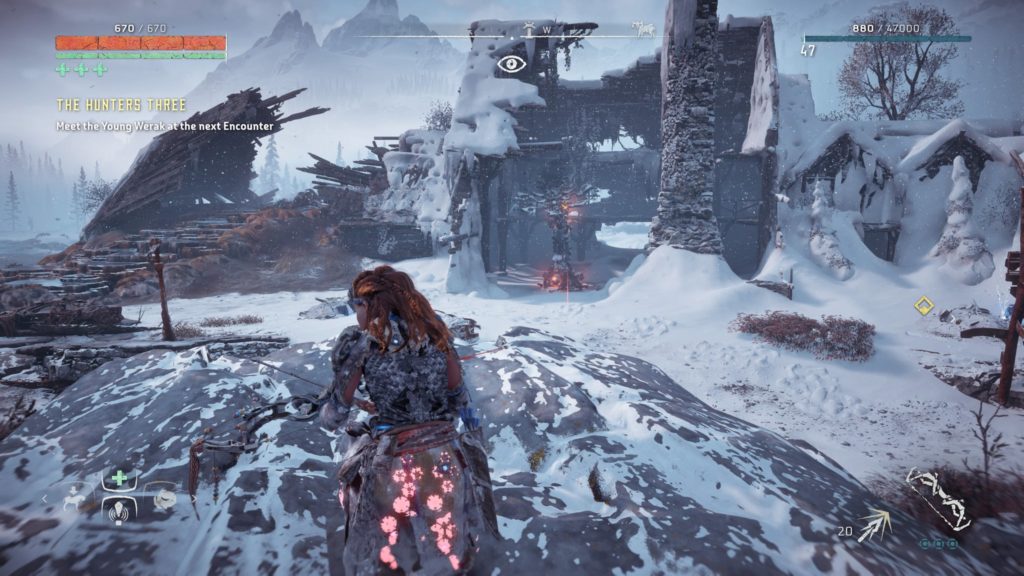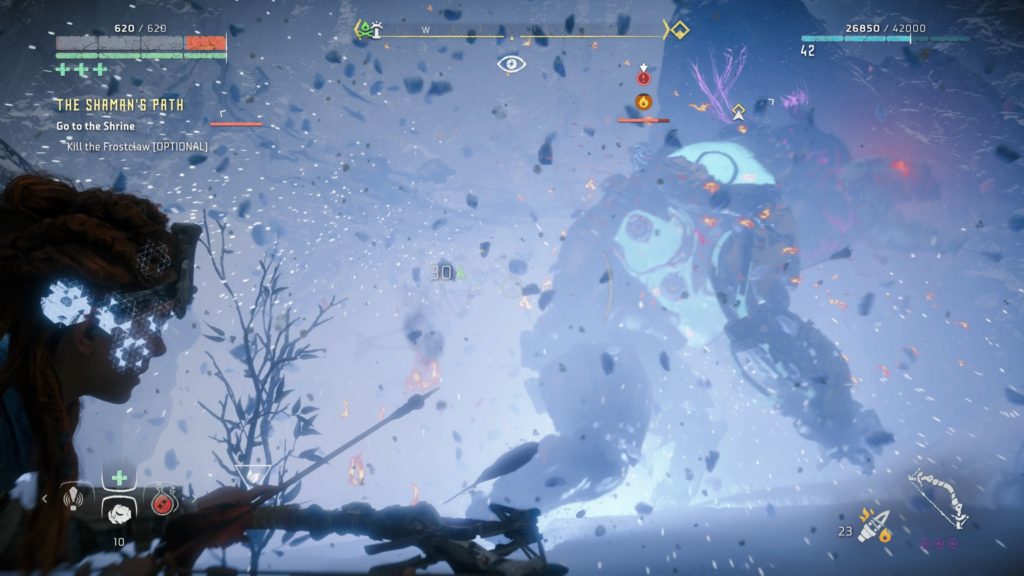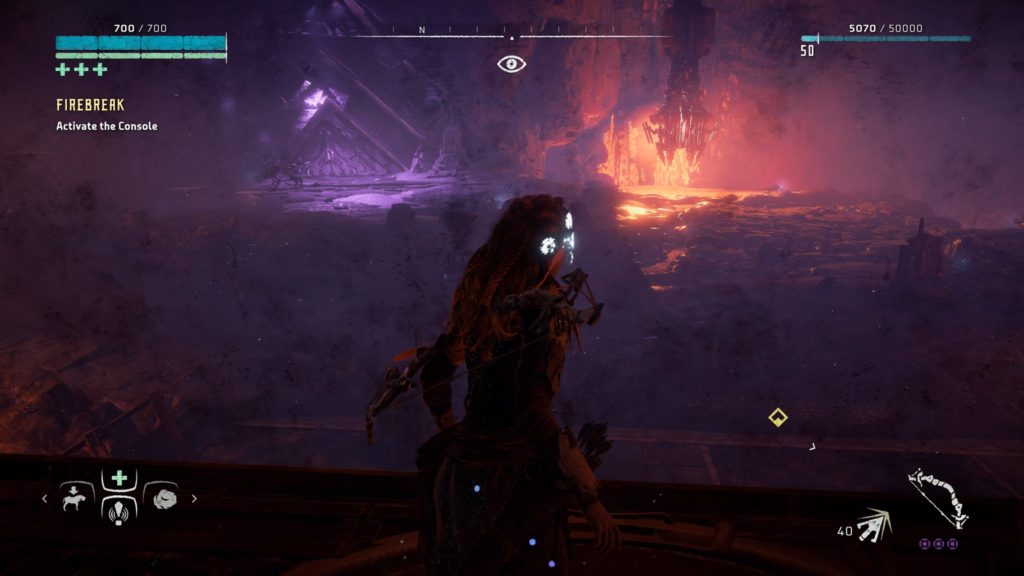- Genre: Action/Adventure
- Platform: PS4
- Also Available On: Windows, Xbox One
TL;DR
- Fantastic storytelling backed by a phenomenally good audio design
- Combat is the obvious weakpoint for the game – it’s serviceable, but nothing special. Also not a reason to avoid the game.
Hellblade is a curious game to recommend. It’s technically an action game, but its action is not a reason to play it. It’s purposefully AAA in quality, but not in scope so it doesn’t wear out its welcome. It’s also the rare game that I would highly recommend wearing ONLY headphones for, even if you’ve got a high end audio system purely based on the merits of its audio design. It’s proof that a high focus on a specific element can result in an extremely high quality title without the need to add unnecessary fluff to pad the experience.
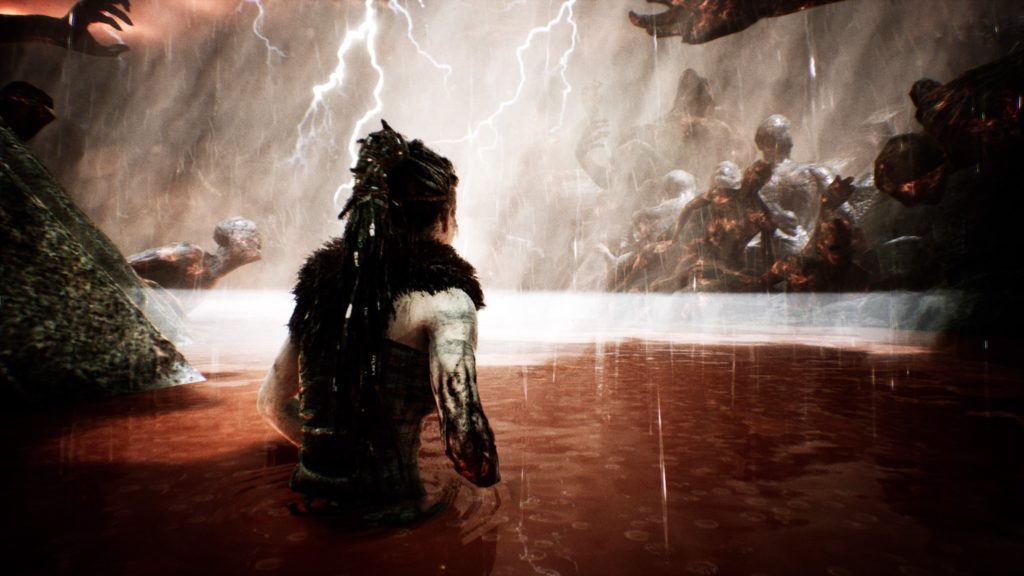
I’m really regretting not pulling some video footage of the game’s audio design while I was playing, because that’s where I want to start here. Up in the TL;DR I mentioned that this game is worth playing with headphones, and it’s entirely because of the focus on Senua’s psychosis. Throughout the game, the player hears voices in Senua’s head that act as something of a narration. In a lot of ways, it’s similar to the narration that takes place in the game Bastion, but in this case is often telling the player the opposite of what they want to do. These voices are entirely spatialized, so you spend a lot of the game with voices floating around inside your hearing. It’s a simple audio trick, but it’s fantastically impressive in practice, and one of the few true good uses of stereo panning of audio that I’ve heard in a game in recent years.
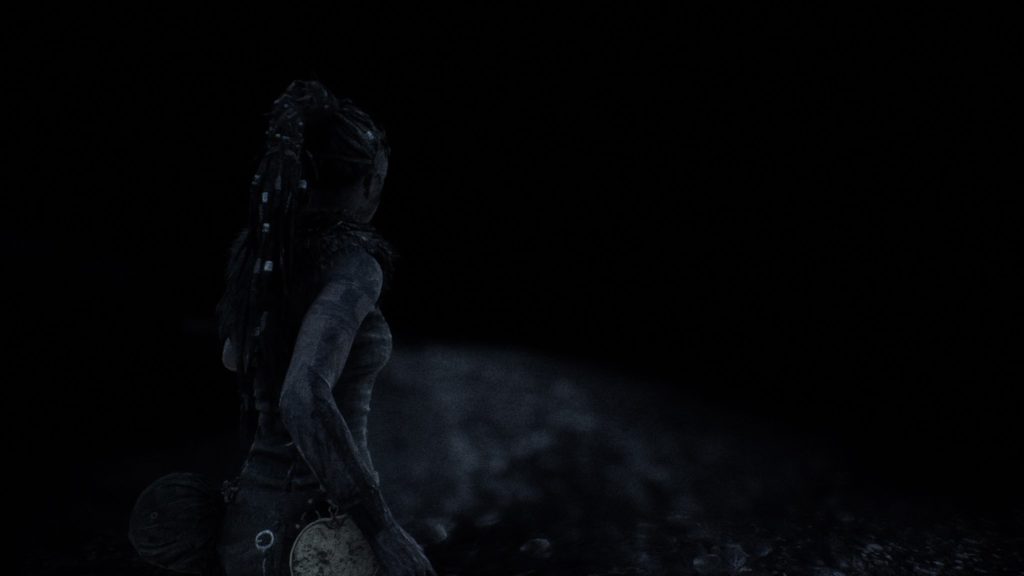
The heavy emphasis on audio even becomes game mechanics on its own. One of the puzzle segments of the game from the screenshot above involves effectively removing the player’s vision. The entire level takes place in near blackness, with only things directly next to the player even being visible as a fog. Throughout this entire section of the game, the player depends on their sense of hearing, and to some extent sense of touch through controller vibration to get through the game. Within the context of the game’s story at this point, it’s a fantastic way to force the player into an uncomfortable position where they can’t depend on what they see to give them clues of where to go. Everything comes down to your ability to listen to what’s going on, and move towards the sounds that can lead you to the exit.
Alright this is not gonna stop being impressive will it?https://t.co/OOgokKObzr pic.twitter.com/xKf7jOZLQa
— Dan Weiss (@schenksmill) December 14, 2018
These kinds of use of strong technology also abound in how puzzles are solved. The little video above is one example in how they manipulate the environment through the use of portals to open up progress to the player. There’s a few variations of this type of mechanic around, and it plays a really nice balance between making the player pay close attention to what they are looking at without being a vague guessing game.
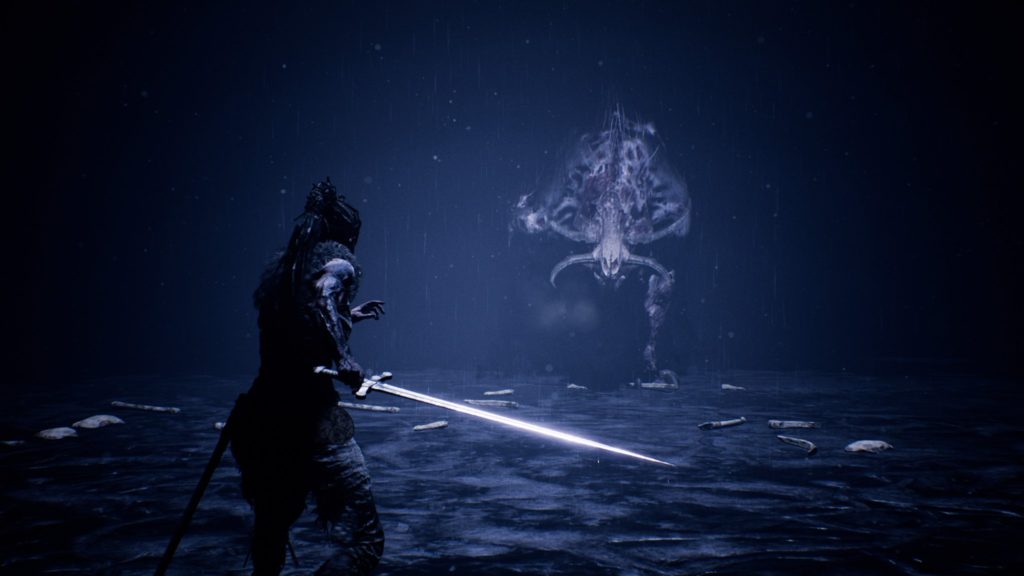
If there’s anything where the game could have used more time, it’s probably in combat. The combat that is there is effective, but it’s pretty simple and has its own share of problems that grow as the game nears its end. This game has the problem that I’ve seen in a lot of melee games where the combat is fun against one or two tough enemies, but not fun with a bunch of weak enemies. The sections with weak enemies near the end of the game end up being an effective dodge spam to avoid a bunch of attacks, then poke damage to kill the enemies. There’s never much danger from the enemies themselves but I ended up dying a few times simply from getting stuck in chains or other environment pieces that seemed like they weren’t really meant to be hazards.
That said, the simple nature of the combat does shine in boss fights. The handful of bosses have a pretty wide range in sizes and mechanics, so they end up being the satisfying nearly Souls-style fights, where you slowly face off against the boss to learn its mechanics, minimize damage, then really go on the attack as you learn the patterns. Because many of the boss attacks are one or two shot deaths, finishing off the bosses is always really satisfying due to the recognition that the difference between you winning and you dying was really down to skill.
Ultimately this is a game that is really easy to recommend. Just on its gameplay and story alone, it’s probably worth the look for a lot of people. It’s a relatively short game that takes place as a single continuous camera shot (about 6-8 hours in general) and will come in at an affordable price at this point. However, the audio design is above and beyond what almost any developer is doing at any level these days, so on that alone I give it a nod. Now that Ninja Theory is under the Microsoft umbrella, I’m hoping we see more experiences like this where a strong focus wins out over marketing bullet points.


